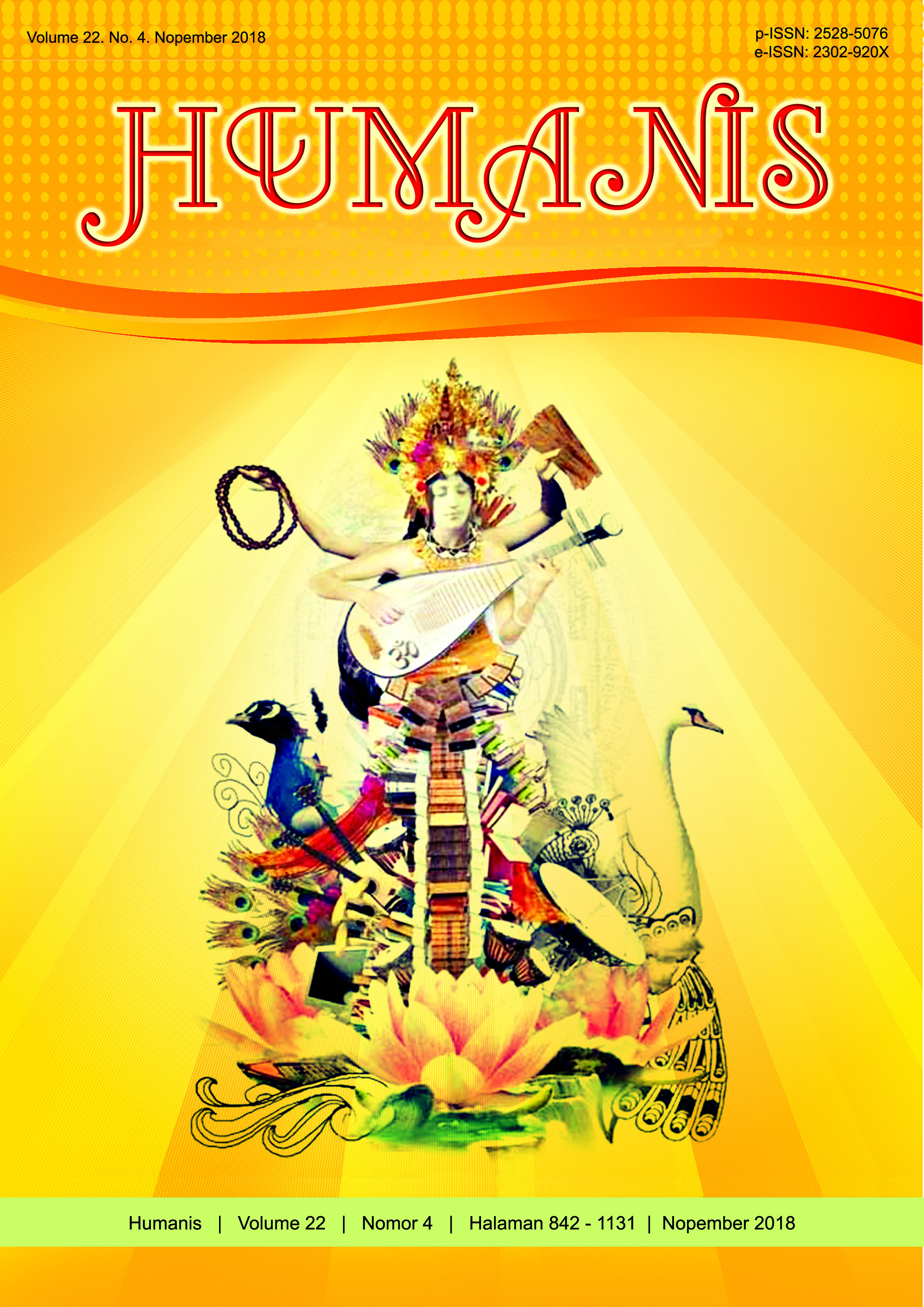Penggunaan Fukushi “Chittomo, Kesshite dan Zenzen” Oleh Orang Jepang di Kota Nishinomiya, Hyogo
Abstract
The title of this research is "The use of Adverbs ‘Chittomo’, ‘Kesshite’ and ‘Zenzen’ by Japanese People in Nishinomiya City, Hyogo". This research aims to know the structure, function, meaning and usage of adverbs "chittomo, kesshite and zenzen" based on the results of questionnaire. This research uses quantitative method with the questionnaire as data source. Structural and functional analysis using Verhaar (2010) word structure theory. Meaning analysis uses Chaer (2014) contextual meaning theory, which refers to the concepts of “chittomo”, “kesshite” and “zenzen” by Sunakawa (1998) and Makoto (2003). The results of this research indicated that “chittomo” can be combined with a negative form. Found 27 data “chittomo” to explain verbs, 25 data explain adjectives and 3 data to explain nouns. “Chittomo” contains the meaning of negation, personal judgment and dissatisfaction of a thing. Then “kesshite” can be combined with negative form and prohibition. Found 50 data “kesshite” explain verbs, 8 data explain adjectives and 2 data to explain nouns. “Kesshite” expresses the meaning of negation, the determination or strong desire of speaker and expression of prohibition. Furthermore, “zenzen” can be combined with negative or positive forms. Found 30 data “zenzen” explain verbs, 29 data explain adjectives and 5 data to explain nouns. “Zenzen” has the meaning of negation, personal judgment and dissatisfaction of a thing.


















